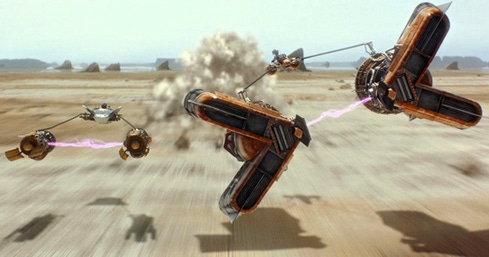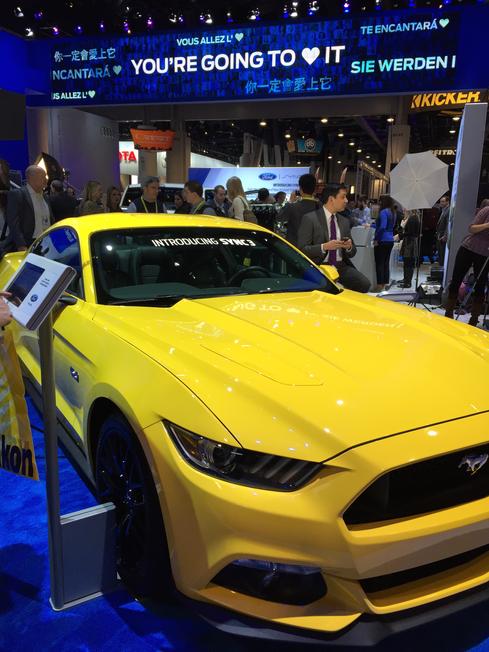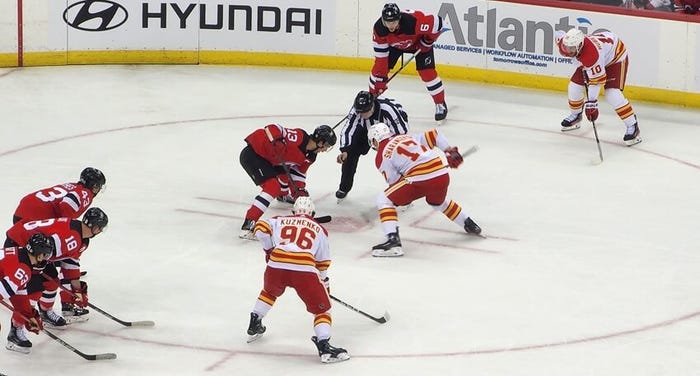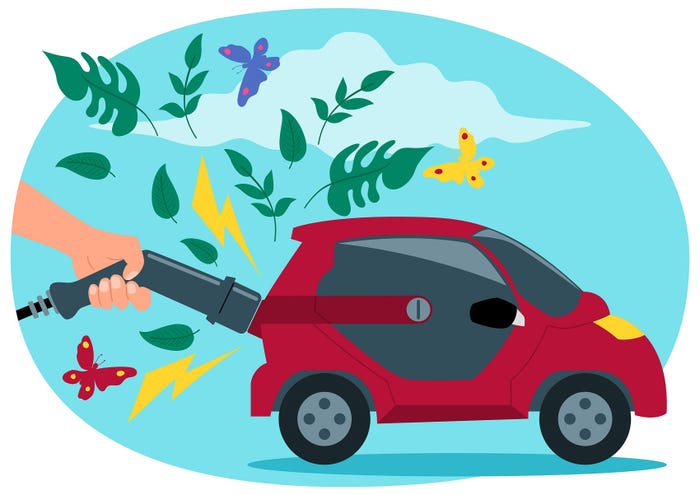Geekend: Elon Musk's Hyperloop Pod Racing
He doesn't know it yet, but Elon Musk is about to launch a 700 mph racing league.

Ladies and gentlemen, start your linear induction motors! Even though he doesn't know it, Tesla co-founder and CEO Elon Musk is about to spark a new sport: Pod Racing.
Boogity, boogity, boogity, indeed. Race fans can expect speeds to eventually reach 750 miles per hour. Musk is putting up money to build a test hyperloop in Texas so teams of students and researchers can make his dream of a 35-minute trip from San Francisco to L.A. a reality.

CES 2015: 11 Peeks Into The Future
CES 2015: 11 Peeks Into The Future (Click image for larger view and slideshow.)
The hyperloop is a low-air-pressure tube that uses linear induction motors to propel a "pod" down the tube at high speeds. The low air pressure reduces wind resistance. And the linear induction motors are a quiet way of propelling a metal object with a lot of speed.
You've likely heard of linear induction in relation to maglev trains. Essentially, the hyperloop will be a maglev train inside a tube. If you're of a "certain age," think of those pneumatic tubes you saw at bank drive-throughs that shot your deposit into the bank, except those worked on air. If you're young, just remember you're going to be old one day, too, and the tubes work like this (without the questionable cartoon woman at the end):
Musk isn't specifically talking about a racing league, but I totally am. All he wants is to build a five-mile test track. What is the point of a track when you don't race on it? I mean, come on. You're expecting teams to show up at a track to develop machines to go fast without racing? They're going to make bets. They're going to see who is the fastest.
This is how racing leagues start. Nascar racing was founded by bootleggers after prohibition. When prohibition ended, you had all these bootleggers out of work. They started swapping stories, and they started racing to see who was the fastest. Eventually the races needed rules and a place to do it safely. Places like Daytona became the early test tracks to find out which bootlegger was best. Eventually, engine companies, tire companies, and others looking to push the envelope used racing as engineering testing. Some of the most important safety innovations in your car, not to mention innovations for fuel efficiency and handling, started on the race track.
[Fascinated by Elon Musk's ideas? Read Tesla Cars: 8 Hot Technologies.]
If Musk wants a test track, he's going to get racing. First, it will be $20 swapped here or there, but eventually companies are going to come and fund teams. Motor builders and design teams will sponsor pods. It will be a pod racing league.
Without the annoying kid. And no slaves. I promise, no bets to free mothers. That's just crazy talk.
There's a problem with pod racing in the hyperloop, though. All the racers need their own tubes. No doubt, at first Musk will build a single tube. It saves money. And that's all you need for testing. But if he's smart, he's going to build a bunch of clear tubes that intertwine and are the exact same length. That's the only way the sport is going to be good for TV. And you need TV to make it successful. Eventually, it will be the advertising dollars from us watching the Hyperloop Racing League (HRL for short) that will pay for the track between San Francisco and Los Angeles. Eventually, they'll crisscross the country linking us in short, comfortable, high-speed rides that will be as fast as, or faster than, an airliner.
Will they be safe? Well, there's a certain advantage to never leaving the ground. If a plane is going 500 mph at 37,000 feet and the engine gives out, it plummets 37,000 feet, and gravity plays a pretty mean trick on it.
If a pod in a tube is going 500 mph and the motor gives out, it is going to keep going, slowly coming to a stop as the lighter air resistance slows it down and it scrapes along the bottom of the tube. It will be loud and maybe full of sparks depending on what the tube and pod are made of, but you take gravity out of the equation. Of course, if a trailing pod doesn't stop, and hits the stopped one, it gets a bit messy. Still, where would you rather be when something goes wrong: 37,000 feet in the air or a couple feet off the ground?
For now, the HRL is only a dream, and it isn't even the dream of the man making the track. But I'm convinced it will happen. Would you watch? Do you think companies would invest? It could happen, and in your lifetime -- at least for you young people who don't know about those pneumatic tubes at banks.
Apply now for the 2015 InformationWeek Elite 100, which recognizes the most innovative users of technology to advance a company's business goals. Winners will be recognized at the InformationWeek Conference, April 27-28, 2015, at the Mandalay Bay in Las Vegas. Application period ends Jan. 16, 2015.
About the Author(s)
You May Also Like







